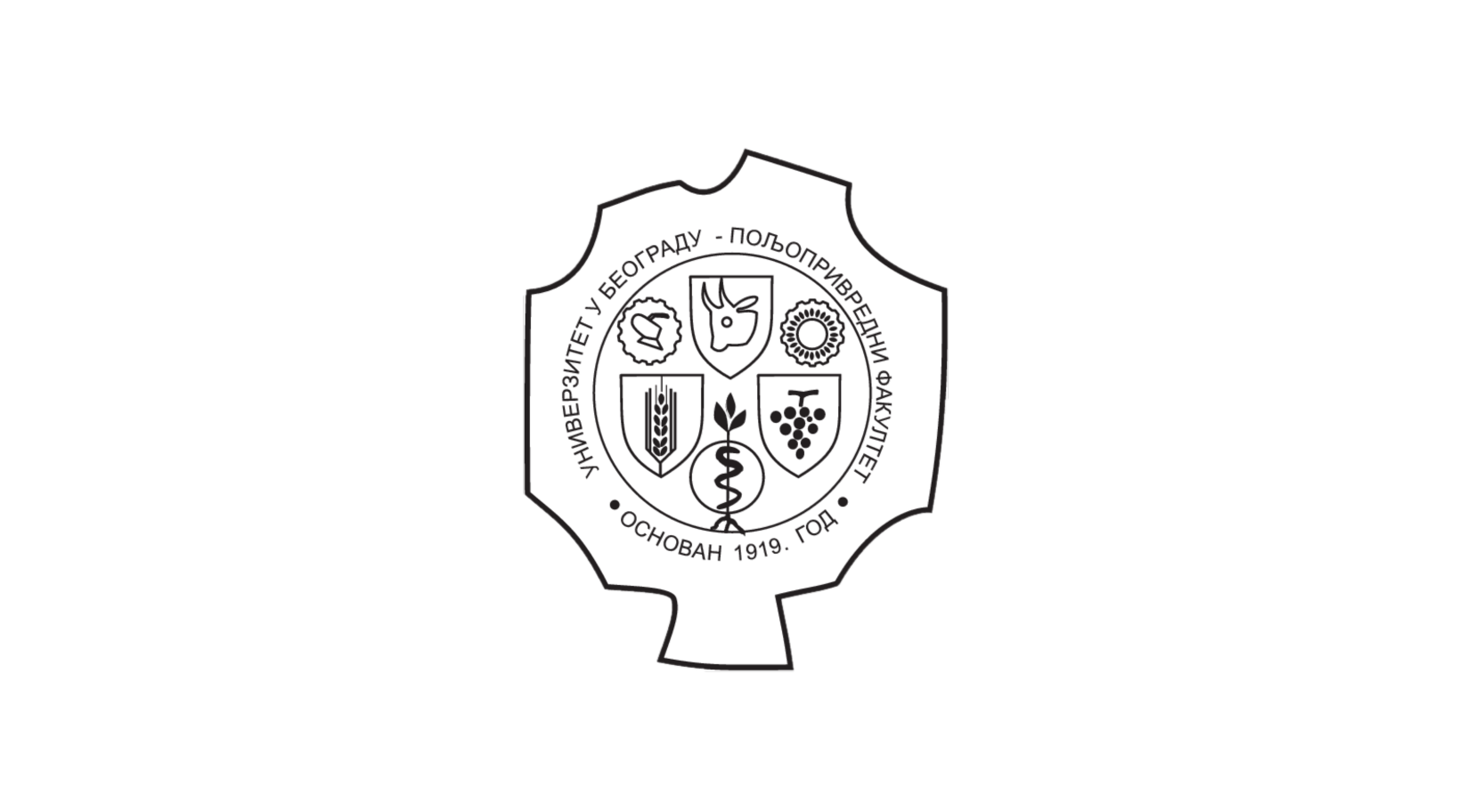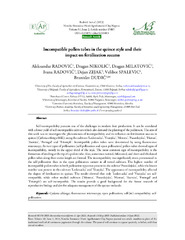Приказ основних података о документу
Incompatible pollen tubes in the quince style and their impact on fertilization success
| dc.contributor | Radović, Aleksandar | |
| dc.contributor | Nikolić, Dragan | |
| dc.contributor | Milatović, Dragan | |
| dc.contributor | Radović, Ivana | |
| dc.contributor | Zejak, Dejan | |
| dc.contributor | Spalević, Velibor | |
| dc.contributor | Dudić, Branislav | |
| dc.date.accessioned | 2023-08-16T09:47:33Z | |
| dc.date.available | 2023-08-16T09:47:33Z | |
| dc.date.issued | 2023 | |
| dc.date.issued | 2023 | |
| dc.identifier.issn | 1842-4309 | |
| dc.identifier.issn | 0255-965X | |
| dc.identifier.uri | https://notulaebotanicae.ro/index.php/nbha/article/view/13083/9594 | |
| dc.identifier.uri | http://aspace.agrif.bg.ac.rs/handle/123456789/6404 | |
| dc.description.abstract | Self-incompatibility presents one of the challenges in modern fruit production. It can be correlated with a lower yield of self-incompatible cultivars which also demand the planting of the pollinisers. The aim of this work was to investigate the phenomenon of incompatibility and its influence on fertilization success in quince (Cydonia oblonga Mill.), using the cultivars ‘Leskovacka’, ‘Vranjska’, ‘Morava’, ‘Pazardzijska’, ‘Hemus’, ‘Asenica’, ‘Portugal’ and ‘Triumph’. Incompatible pollen tubes were determined by using fluorescence microscopy. In two types of pollination (self-pollination and open pollination) pollen tubes showed signs of incompatibility, mostly in the upper third of the style. The most common sign of incompatibility is the formation of swelling at the tip of a pollen tube. Also, sometimes twisted, bifurcated, and short and thickened pollen tubes along their entire length are formed. The incompatibility was significantly more pronounced in the self-pollination than in the open pollination variant in all tested cultivars. The highest number of incompatible pollen tubes in both pollination types was present in the cultivar ‘Pazardzijska’, while the lowest number was present in the cultivars ‘Leskovacka’ and ‘Vranjska’. The appearance of incompatibility affected the degree of fertilization in quince. The results showed that only ‘Leskovacka’ and ‘Vranjska’ are selfcompatible, while other studied cultivars (‘Morava’, ‘Pazardzijska’, ‘Hemus’, ‘Asenica’, ‘Portugal’ and ‘Triumph’) are self-incompatible. The results provide a good background for the future research of reproductive biology and also for adequate management of the quince orchards. | |
| dc.relation | info:eu-repo/grantAgreement/MESTD/inst-2020/200383/RS// | |
| dc.relation | info:eu-repo/grantAgreement/MESTD/inst-2020/200116/RS// | |
| dc.rights | openAccess | |
| dc.rights.uri | https://creativecommons.org/licenses/by/4.0/ | |
| dc.subject | Cydonia oblonga | |
| dc.subject | fluorescence microscopy | |
| dc.subject | open pollination | |
| dc.subject | self-(in) compatibility | |
| dc.subject | selfpollination | |
| dc.title | Incompatible pollen tubes in the quince style and their impact on fertilization success | |
| dc.type | article | |
| dc.rights.license | BY | |
| dc.citation.issue | 2 | |
| dc.citation.rank | M22~ | |
| dc.citation.volume | Notulae botanicae horti agrobotanici cluj-napoca 51 | |
| dc.identifier.doi | 10.15835nbha51213083 | |
| dc.identifier.fulltext | http://aspace.agrif.bg.ac.rs/bitstream/id/24728/incompatible_pollen_pub_2023.pdf | |
| dc.type.version | publishedVersion | |
| dc.type.version | publishedVersion |


